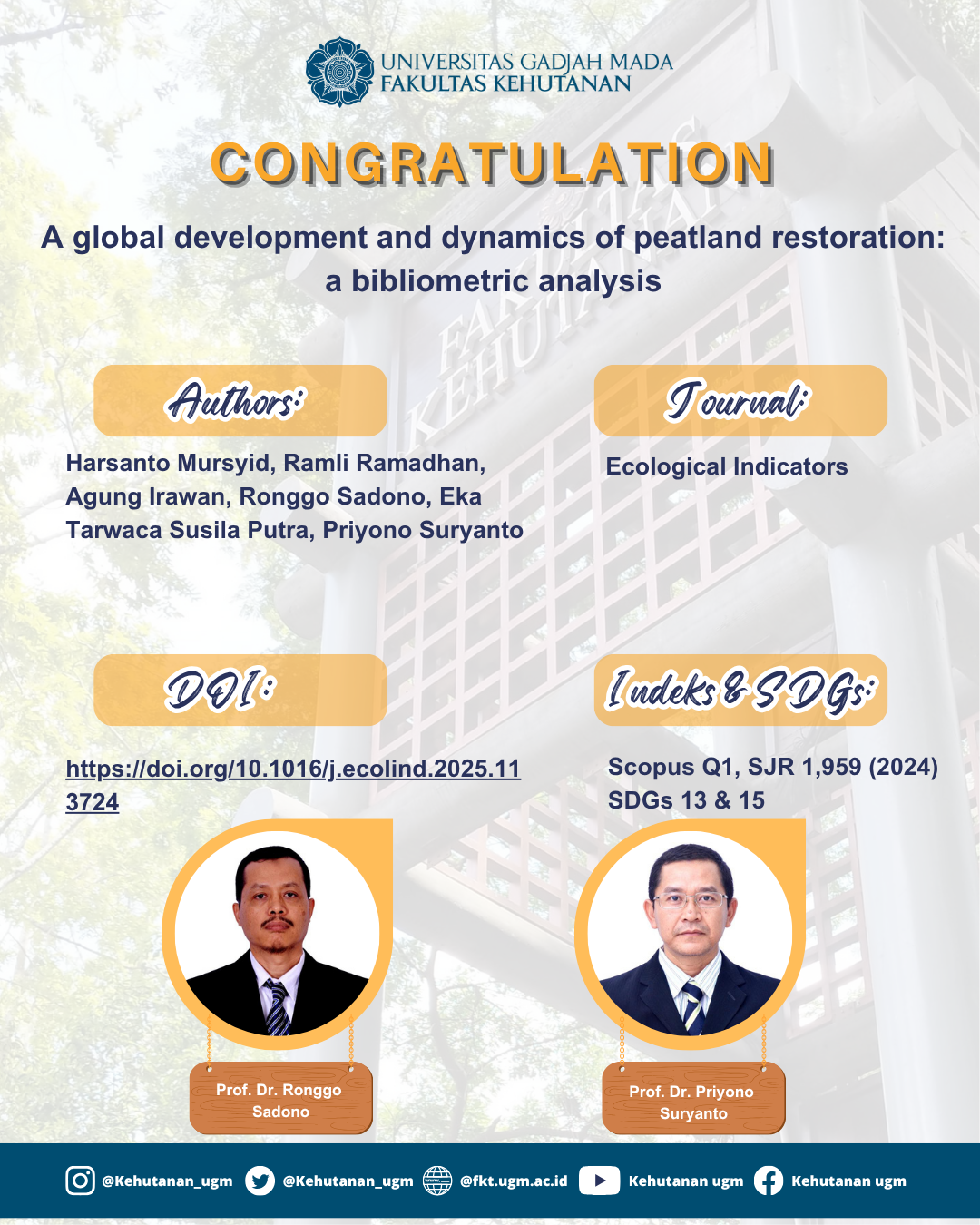
Abstract
Peatland ecosystems play a critical role in conservation of biodiversity and climate regulation, but face ongoing degradation from land-use change, mining, and infrastructure development. In response, peatland restoration has gained global attention. This bibliometric study analyzed 448 publications from the Web of Science (1996–2024) to identify global research trends, influential contributors, collaborative networks, technological developments, and implementation challenges in peatland restoration. The results demonstrate the rapid increase of Peatland restoration studies since the 2010 s, driven by global initiatives (Paris Agreement and REDD + ). Institutions from Canada, the UK, and Indonesia are among the most prolific, which also showed a strong collaboration profile. Keyword and co-citation analyses illustrated an evolutionary topic from ecological and hydrological studies to policy-driven research addressing emissions, biodiversity, and sustainable land use. The emergence of terms such as “carbon sequestration”, paludiculture”, and “remote sensing” reflects a shift toward integrative restoration strategies with ecological, economic, and technological dimensions. Challenges include technical uncertainties in carbon dynamics and hydrological modeling, policy inconsistencies, and limited community engagement. Significant knowledge gaps include long-term carbon monitoring, standardized mapping methods, hydrological model accuracy, and biodiversity restoration mechanisms. Future research should prioritize multi-decadal carbon assessments, machine learning-enhanced hydrological models, and biodiversity-focused strategies like paludiculture. Integrating advanced technologies, such as synthetic aperture radar, with interdisciplinary collaboration can enhance evidence-based restoration, supporting ecosystem conservation and climate mitigation.
SDGs:
SDG 13:Climate Action
SDG 15:Life on Land
Link Dokumen:
Download
